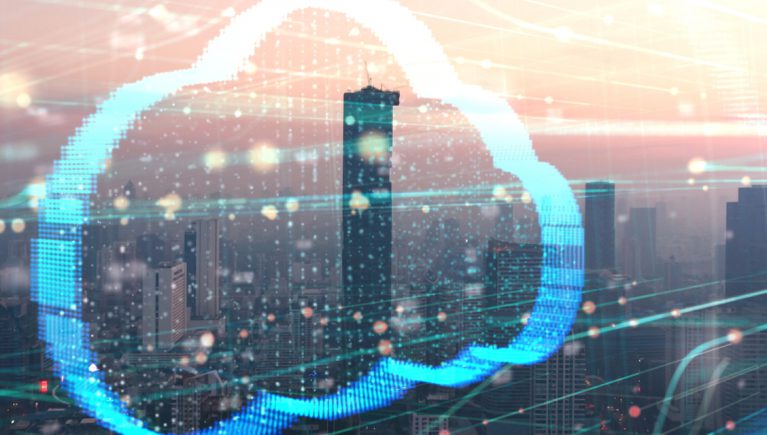According to the World Water Vision Report, Water crisis is found to a great extent these days. Now the crisis is not about having too little water to satisfy our needs rather it’s more about managing water among billions of people across the globe. Speaking of managing water always has something to do with water quality because the crisis involves not only overall scarcity of usable water but also widespread water pollution caused by the emission of domestic and urban sewage, agricultural waste. All thanks to the ever-growing industrial effluents, pollutants, and contaminants.
This increase in the complexity of managing water quality led to the rise of technological solutions to monitor and measure pollution-producing activities and contaminated sites. A rare revolution is seen where managers are making effective use of information technology (IT)implementations of environmental software applications, computer hardware, and the Internet. For example, Software-as-a-Service (SaaS), Cloud Computing, IoT has offered a unique way where the water can be used in a smart way.
Cloud computing refers to a huge collection of computers, servers and similar equipment organized for universal accessibility.One of the several definitions says that cloud computing is a software and services that run on the internet instead of running locally on your computer.Firefox or Google Chrome are the best ways to make use of such technology.Designed to scale, incorporate more and more devices and machines. This enables people to access things from any individual node on the network. After all,creating a platform featuring that kind of flexibility and reliability using physical hardware isn’t as easy as it sounds.
Impact of Such Tech on the Water Sector
With the help of technologies ranging from the Internet of Things like data analytics to cloud computing,augmented intelligence,block chain, we can easily automate, analyze, correct, predict things in real time and minimize risk in the water sector. As a result, many of the waste water challenges can be reduced, the life of aging assets can be extended, leakages,attacks or other abnormalities in the distribution network can be kept minimal,water quality monitoring service levels and reliability of supply can be improved. Gone are the days when digitization in water management services was considered as a mere option. It has become mandatory these days.
Benefits of Using Cloud Computing for effective Water Management
First of all, the water movement is a seasonal activity. Large landscape requires huge amounts of water for plant health during summer while if you observe those same systems in winter, you won’t get the same result. Similarly, depending on the existing weather, water usage in cooling towers can change. The cloud’s ability to dynamically scale allows for more resources to be available. This simply leads to increase in usage to ensure systems are working properly under any load.
Next point is the computing power and specialization offered by this technology in particular. It may quite interest you to know that the cloud provides a platform where sharing customized analytics an devaluation across massive data sets is possible which eventually results in improving the water use.
Last but certainly not the least, cloud computing technology as a whole offers a universally accessible infrastructure where you can monitor and optimize things to manage water efficiently. This infrastructure can give access to specific people regardless of their proximity to the property. Several landscapers can be given appropriate access to track and use all the water-related equipment while on the property. This flexibility gives everyone the access wherever they need.
Possible Big Digital Water Trends In Future
As I said before, these technologies are laying an excellent foundation for utilities to begin applying data science and augmented intelligence techniques worldwide. Such virtual representation of water system has enabled several aspects ranging from situational awareness, near-real-time flow and quality monitoring and so forth. Of course, in the coming years, we will access to more tools to optimize water use and monitor water-related systems than ever before. This is just the beginning!

